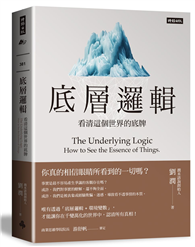X Table of Contents Table of Contents XI XII Table of Contents Table of Contents XIII XIV Table of Contents Table of Contents XV XVI Table of Contents K.S. Leung, L.-W. Chan, and H. Meng (Eds.): IDEAL 2000, LNCS 1983, pp. 3>8, 2000. Springer-Verlag Berlin Heidelberg 2000 4 J. Sinkkonen and S. Kaski Clustering by Similarity in an Auxiliary Space 5 6 J. Sinkkonen and S. Kaski Clustering by Similarity in an Auxiliary Space 7 0.6 1.5 0.4 1 0.2 0.5 0 0 10 100 1000 10000 10 100 1000 Mutual information (bits) Mutual information (bits) 8 J. Sinkkonen and S. Kaski 20 10 0 0.1 0.3 0.5 0.7 Mutual information (mbits) Analyses on the Generalised Lotto-Type Competitive Learning Andrew Luk St B&P Neural Investments Pty Limited, Australia Abstract, In generalised lotto-type competitive learning algorithm more than one winner exist. The winners are divided into a number of tiers (or divisions), with each tier being rewarded differently. All the losers are penalised (which can be equally or differently). In order to study the various properties of the generalised lotto-type competitive learning, a set of equations, which governs its operations, is formulated. This is then used to analyse the stability and other dynamic properties of the generalised lotto-type competitive learning.
| FindBook |
|
有 1 項符合
ideal 2000的圖書 |
 |
$ 7450 | Intelligent Data Engineering and Automated Learning - Ideal 2000: Data Mining, Financial Engineering, and Intelligent Agents : S
作者:IDEAL 2000(2000:Hong Kong 出版社:Springer 出版日期:2000-11-29 語言:英文 規格:平裝 / 580頁 / 23.4 x 15.5 x 3 cm / 普通級/ 初版  看圖書介紹 看圖書介紹
|
|
|
圖書介紹 - 資料來源:博客來 評分:
圖書名稱:Intelligent Data Engineering and Automated Learning - Ideal 2000: Data Mining, Financial Engineering, and Intelligent Agents : S
|










